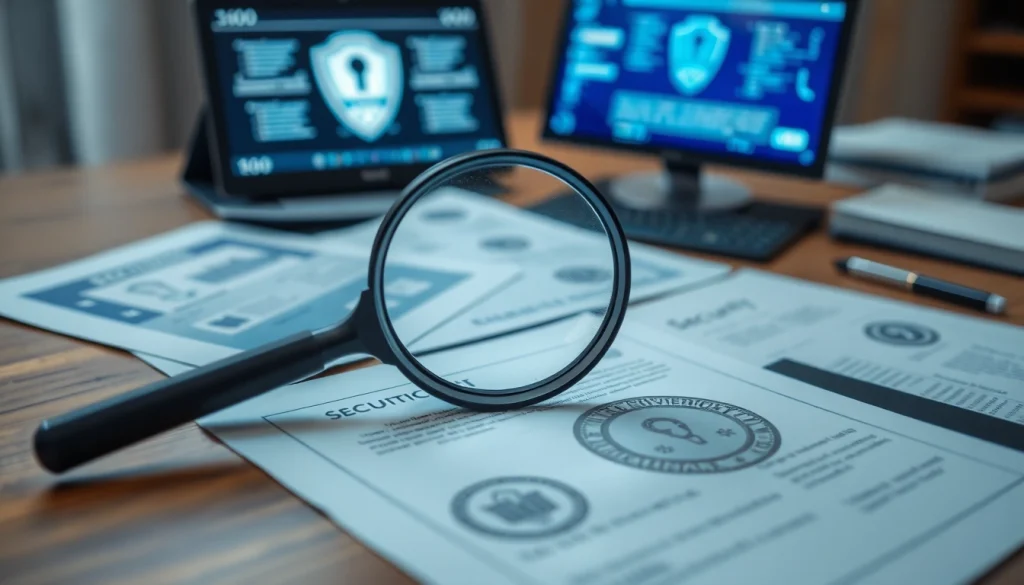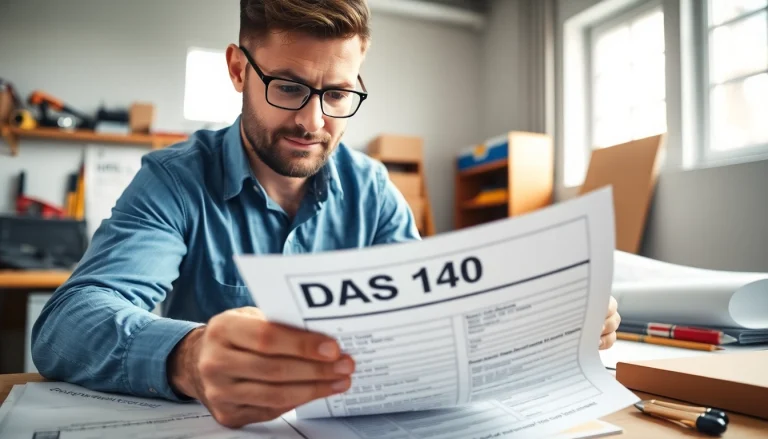
Understanding Document Authenticity
In an age where digital transactions and document sharing are commonplace, ensuring the authenticity of documents has become crucial. Whether you’re verifying a job application, a college degree, or legal documents, the question remains: How do I know this document is real? Understanding what constitutes genuine documents and the methods used to verify them is essential in safeguarding yourself from fraud and maintaining credibility.
What Constitutes a Genuine Document?
A genuine document typically embodies specific characteristics that validate its authenticity. These may include:
- Official seals or signatures: Many legitimate documents are accompanied by wet or embossed seals or signatures that are difficult to forge.
- Quality of materials: Authentic documents are often printed on quality paper with various security features embedded within it.
- Consistent formatting: Genuine documents have a uniform format, font, and layout, with no abrupt alterations that could indicate tampering.
The presence of these elements can help ascertain the reality of a document, but they should be considered in conjunction with contextual factors surrounding the document’s origin.
Common Features to Look For
Identifying common features of genuine documents can help individuals discern authenticity effectively:
- Watermarks: Many official documents include watermarks that are visible when held up to light, making them difficult to replicate.
- Microprinting: Tiny text or images may be present in official documents; this may often be imperceptible to the naked eye without magnification.
- Holographic elements: Security holograms are commonly used in official licenses and certificates, adding an extra layer of complexity against forgery.
These features are designed specifically to resist counterfeiting efforts, thereby bolstering the credibility of the document.
The Importance of Document Verification
Document verification is imperative not only for individual peace of mind but also for upholding institutional integrity. The stakes can be high, as the use of fraudulent documents can lead to significant legal and financial repercussions.
Organizations often have formal processes in place to verify documents, especially within sensitive industries such as finance, healthcare, and education. Failure to uphold authenticity standards can tarnish reputations and lead to legal actions.
Methods to Determine Authenticity
With the prevalence of document fraud on the rise, it is crucial to adopt robust methods for determining authenticity. This can be achieved through two primary avenues: manual verification techniques and technological tools.
Manual Verification Techniques
Manual verification involves inspecting documents physically and evaluating their components. Some effective techniques include:
- Visual inspection: Look for misalignments in text or images, unusual print quality, or any signs of wear that seem inconsistent for a document’s age.
- Contacting issuing authorities: For crucial documents like diplomas or official certificates, reach out directly to the issuing organization for verification.
- Comparison with known samples: If you have access to valid documents, comparing them can highlight discrepancies that indicate forgery.
Utilizing these techniques can help ensure a more thorough and reliable verification process.
Using Technology for Document Checks
As technology advances, so do methods for verifying documents. A few emerging technologies used for verification include:
- AI-based verification systems: Many companies are adopting AI-powered tools that analyze document attributes and flag inconsistencies.
- Blockchain technology: Documents recorded on blockchain remain immutable and can be verifiably traced, proving useful for contracts and credentials.
- Digital signatures: Many electronic documents now use encrypted digital signatures that validate authenticity.
These technological advancements provide additional layers of security, making it increasingly difficult to forge documents.
Evaluating Metadata and Security Features
Examining a document’s metadata can yield crucial information regarding its authenticity:
- Document properties: Inspect the document’s creation and modification dates, author information, and the software used to create it.
- Security features: Many electronic documents are programmed with built-in verification methods that can reveal whether they have been altered.
By accessing this information, individuals can often determine whether the document matches its intended provenance.
Common Types of Fraudulent Documents
Fraudulent documents come in many forms, each with its unique strategy for deception. Being aware of these can help in identifying them quickly.
Identifying Fake IDs
Fake identification documents, such as driver’s licenses or national IDs, are notoriously prevalent. Common indicators include:
- Inconsistent fonts or spacing: Different sections of the ID should have matching fonts and consistent spacing.
- Low-quality images: Check for blurry photos or images that appear printed rather than engraved.
Using both visual checks and technology, one can effectively spot inconsistencies in ID documents.
Recognizing Phony College Degrees
Academic fraud is particularly damaging and often stems from faux degrees. Indicators of such fraudulent documents include:
- Lack of accreditation: Legitimate degrees usually come from accredited institutions; checking their credentials can help verify authenticity.
- Quality of printing: Many fake degrees use cheap printing materials that fail to mimic the quality of genuine degrees.
Thorough checks on the institution’s academic standing may reveal discrepancies in degree authenticity.
Detecting Forged Legal Documents
Forged legal documents can greatly impact various aspects of life, from property transactions to legal proceedings. Indicators to look for include:
- Missing notarization: Many legal documents require notarization, so the absence of this can indicate forgery.
- Irregular document types: Uncommon document formats or unexpected wording can signal authenticity concerns.
Engaging with legal counsel can also lend credence to the verification process.
Steps to Validate a Document
When faced with a potentially dubious document, follow a systematic approach to validation:
Initial Observations to Make
Start by conducting a thorough visual inspection, looking for any unusual characteristics:
- Check for the correct logos: Verify whether the official logos are correctly placed and match those from known authentic documents.
- Assess the paper quality: Genuine documents are often printed on specific high-quality materials that are difficult to mimic.
The initial observation can yield immediate insights into the document’s authenticity.
Advanced Verification Techniques
Once surface-level checks are completed, advanced techniques can be employed:
- Forensic analysis: Engage experts in forensic document analysis to uncover hidden signs of alteration or forgery.
- Technological solutions: Use software tools designed to analyze documents for authenticity, such as those that assess metadata or security features.
These advanced techniques can provide unequivocal clarity about a document’s validity.
Using Online Services for Checks
For those who require assistance without specialized knowledge, several online services cater to document verification needs:
- Document validation services: Platforms such as VerifyPDF.com can offer quick checks using algorithms designed to detect anomalies.
- Legal verification services: For legal documents, many firms specialize in authenticating documentation and can provide expert opinions.
These services can streamline the verification process and ensure a credible outcome without significant effort.
Consequences of Using Fake Documents
Using fake documents can lead to severe consequences, not only for the user but also for those who engage with them.
Legal Penalties for Forgery
The use of forged documents is considered a serious crime in most jurisdictions and can result in:
- Felony charges: Many forms of forgery can lead to felony charges, subjecting the individual to imprisonment and hefty fines.
- Civil liability: Victims of document fraud may pursue civil action against individuals using or creating fake documents, resulting in financial judgments.
The legal ramifications of document forgery underscore the importance of verification and accountability.
The Impact on Personal Credibility
Beyond legal penalties, individuals caught using fake documents face significant credibility issues, including:
- Long-term damage to reputation: The fallout from being associated with fraudulent documents can damage personal and professional reputations for years.
- Difficulty accessing opportunities: Once trust is broken, rebuilding credibility can be a challenging and lengthy process.
Maintaining personal integrity through authenticity is paramount.
Protecting Yourself from Fraud
To safeguard yourself against fraudulent documents, consider adopting the following best practices:
- Implement verification protocols: For businesses, create a standard operating procedure to verify all critical documents.
- Educate and train: Regular training for employees on recognizing fake documents can significantly reduce the risks of fraud.
Proactively engaging in these practices can mitigate the risks associated with document fraud and protect both individuals and organizations.






